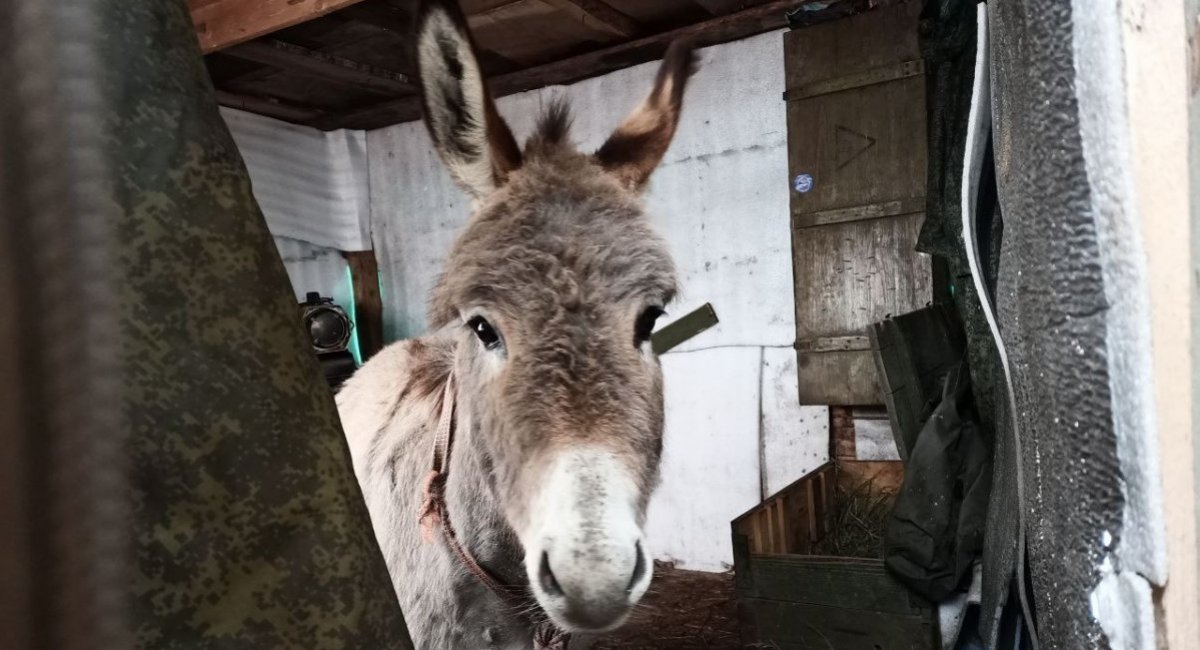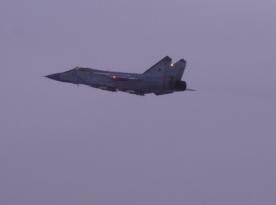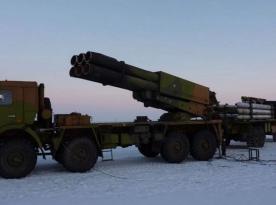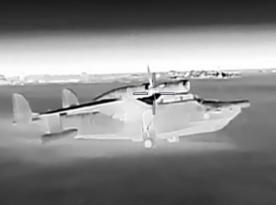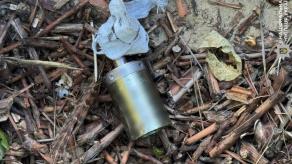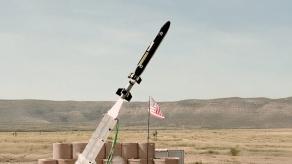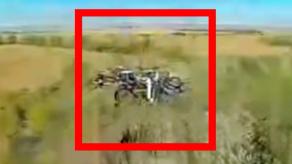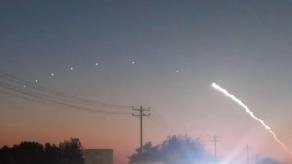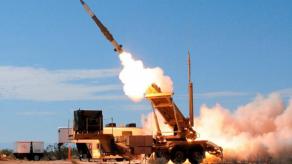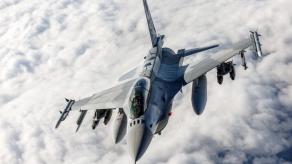Recent reports of trained donkeys observed in use by the russian invasion forces in Ukraine, in the frontline zone, for delivery of supplies is explained by experts and media users alike in various ways. Some say it's a desperate measure out of vehicle equipment shortage, or assess its practicality as a means of conquering the terrain inaccessible for ordinary transport. There are humanitarian concerns as well.
But in russia itself, the prevalent reaction is confusion because the use of draft animals in military logistics doesn't exactly fit the image of "the world's second-strongest army." To make matters worse, the appearance of donkeys in the army was directly involved the russian Ministry of Defense, it wasn't not as a private initiative by a charity.
Read more: Where Do Donkeys and Horses Come From in russia’s Army and Does This Indicate a Shortage of Transport and Armored Vehicles
Among the first ones to explain the situation to the domestic audience were the russian Kremlin-affiliated media, with assistance from a member of the parliament's defense committee. The following statement comes from a People's Deputy from the Communist Party, retired lieutenant general Viktor Sobolev, who commanded the 58th Combined Arms Army in the 2000s.
"There are currently great difficulties in providing units and divisions — including assault detachments and groups, etc. — with ammunition, military supplies, and food, too. If some methods are used, like donkeys, horses, and so on, to deliver ammunition and other property to the front line, that is normal," he said, as quoted by a number of russian outlets.
The very fact a russian official publicly acknowledged those issues in the russian armed forces is in itself unusual, as it goes against the official propaganda claiming that everything is perpetually going according to the plan. But, traditionally for russian propaganda, the member of parliament drew parallels with the WW2 practices in the Soviet Union.
"In our Great Patriotic War, part of the artillery was horse-drawn. It reached Berlin. Dogs were used during the Great Patriotic War: two mines were strapped onto them, and they ran to where these mines were needed," Viktor Sobolev added.

Defense Express specifies, here the reference to the dogs with mines refers to the so-called anti-tank suicide dogs, which were specially trained to destroy enemy armored vehicles. The animals were trained to carry explosives and crawl under stationary or moving tanks. Various sources describe them as carrying explosive charges weighing 4 to 5 or even 12 kg, detonated once the dog is under the enemy vehicle's belly.
That said, the information about actual combat use of anti-tank dogs is fragmentary and episodic in nature, and its effectiveness is debatable. After all, some sources claim that as many as 9,500 dogs were trained, others that they had destroyed up to 300 tanks. Another important detail to mention is that this topic in general was popularized because of works by fiction writer Viktor Suvorov (aka Vladimir Rezun).
Read more: Ukrainian Forces Destroy russian Zoopark-1 Counter-Battery Radar Used to Track Artillery Positions (Video)




